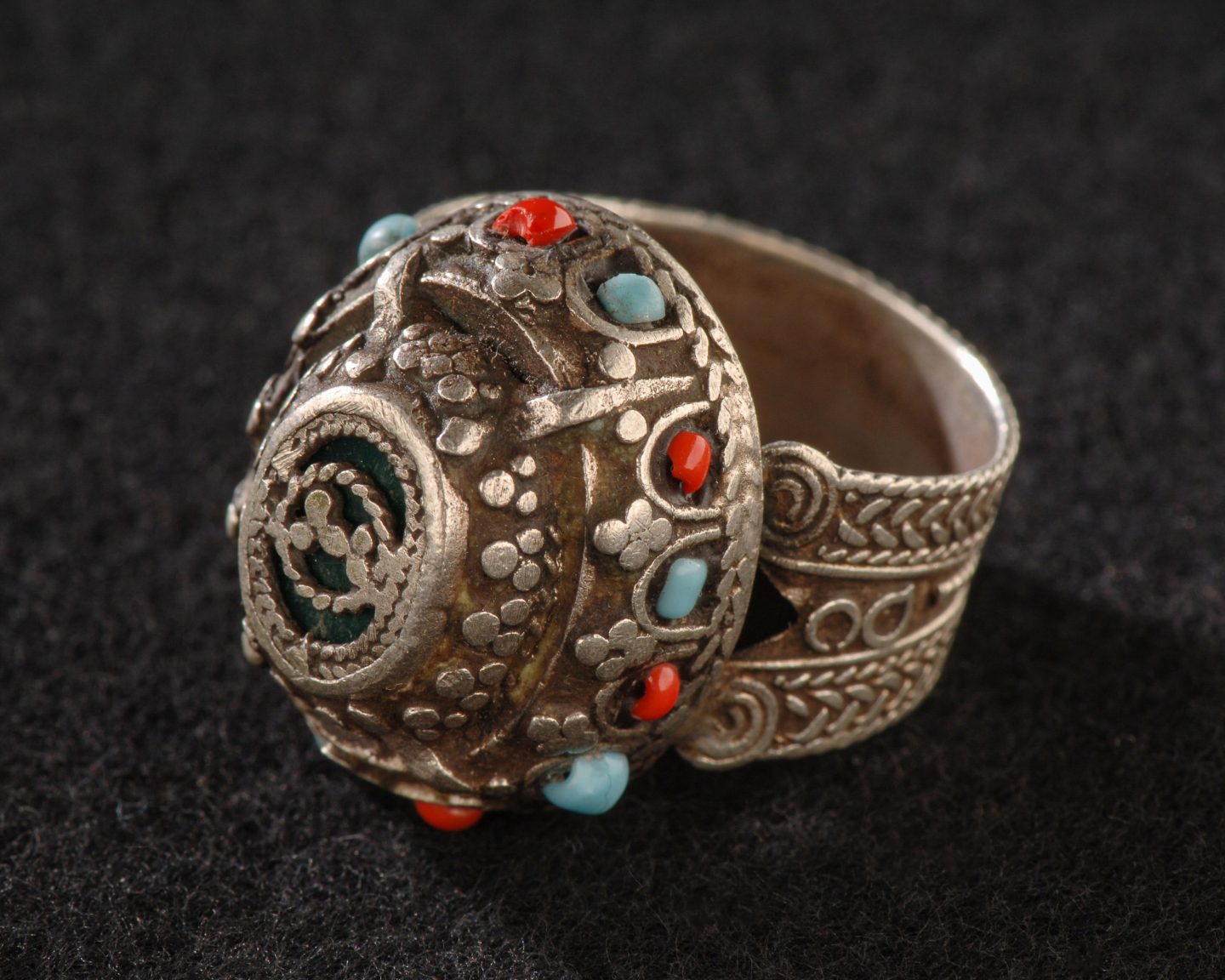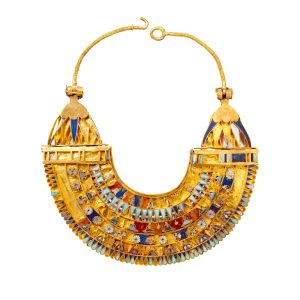
Jewelry has long been intertwined with human history, serving as more than just adornments but as symbols of status, culture, and identity. In this exploration, we journey through time to uncover the fascinating evolution of jewelry styles, materials, and techniques across different civilizations and epochs.
Ancient Civilizations:
Our journey begins with the ancient civilizations of Mesopotamia, Egypt, and Greece, where jewelry held profound cultural and religious significance. From intricately crafted gold necklaces to bejeweled headdresses and amulets, jewelry was worn not only as a form of adornment but also as a symbol of wealth, power, and protection.

Medieval Europe:
During the Middle Ages, jewelry continued to play a prominent role in society, albeit with a shift in style and symbolism. Intricate metalwork, filigree designs, and gemstone settings adorned royalty and nobility, while religious motifs such as crosses and saints’ images were popular among the common people.
Renaissance and Baroque Eras:
The Renaissance and Baroque periods ushered in a golden age of jewelry design, characterized by opulence, extravagance, and innovation. Renaissance jewels were inspired by classical motifs and featured elaborate settings, while Baroque jewelry embraced asymmetry, movement, and dramatic forms.
Victorian Era:
In the 19th century, Queen Victoria’s reign ushered in a new era of romanticism and sentimentality in jewelry design. Victorian jewels were characterized by intricate designs, symbolic motifs such as hearts, flowers, and snakes, and the extensive use of gemstones such as diamonds, pearls, and turquoise.
Art Nouveau and Art Deco Movements:
The turn of the 20th century saw the emergence of two influential artistic movements: Art Nouveau and Art Deco. Art Nouveau jewelry was characterized by flowing lines, organic forms, and motifs inspired by nature, while Art Deco jewelry embraced geometric shapes, bold colors, and the use of new materials such as platinum and bakelite.
Modern Era:
In the modern era, jewelry design has become more diverse and eclectic than ever before. From minimalist, understated pieces to bold, avant-garde designs, today’s jewelry reflects the individuality and diversity of its wearers. Artisanal craftsmanship, ethical sourcing, and sustainability have also become increasingly important considerations in modern jewelry making.
In conclusion, the history of jewelry is a rich tapestry woven with threads of art, culture, and craftsmanship. By exploring the evolution of jewelry through the ages, we gain a deeper appreciation for the enduring allure and timeless elegance of these cherished adornments.
